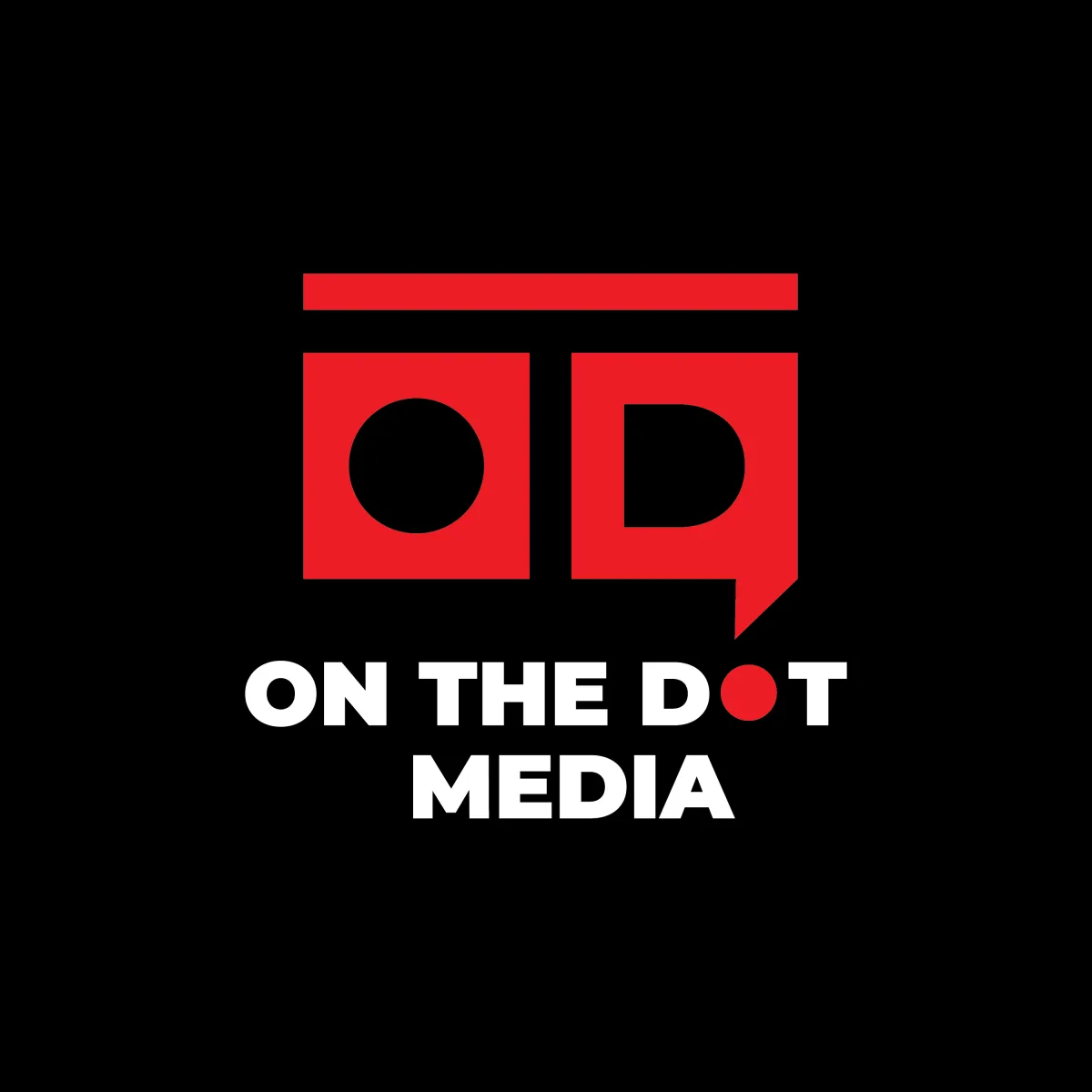
Content Marketing Strategies: Elevating Your Brand with Expert Techniques
“Content is king, but engagement is queen, and the lady rules the house!” - Mari Smith
Content marketing has solidified its place as a cornerstone of modern digital strategy. In an era where consumers crave valuable, engaging, and informative content, brands that master the art of content marketing can significantly enhance their visibility, foster trust, and drive sustainable growth. In this post, I’ll walk you through sophisticated yet approachable content marketing strategies that you can apply to take your brand to new heights.
1. Understanding Your Audience Inside and Out
One of the most essential strategies in content marketing is knowing your audience on a granular level. Successful content is tailored to resonate with the desires, pain points, and preferences of your target demographic.
Action Steps:
Create Detailed Buyer Personas: Dive into the demographics, interests, and behavior patterns of your audience. Tools like HubSpot’s persona templates can be helpful.
Conduct Surveys and Feedback Loops: Send out surveys or gather feedback from existing customers to keep your content strategy relevant.
Use Analytics Tools: Google Analytics, social media insights, and customer relationship management (CRM) tools provide valuable data about what content resonates most.
Example: Airbnb's content marketing strategy is a stellar example of audience understanding. By focusing on user-generated content and stories from hosts and guests, they create a sense of community and trust, aligning perfectly with their customer base's aspirations.
2. Prioritize Quality Over Quantity
While content volume can be essential for SEO, churning out mediocre content is counterproductive. High-quality, well-researched, and engaging content builds trust and keeps readers coming back.
Key Elements of High-Quality Content:
In-depth Research: Fact-checking and citing authoritative sources strengthen credibility.
Actionable Insights: Offer tips or steps that readers can implement immediately.
Visually Appealing Design: Include images, infographics, and videos to break up text and maintain reader interest.
Example: HubSpot’s blog is a perfect example of prioritizing quality. Their content is thoroughly researched, providing significant value, which leads to increased shares and backlinks.
3. Diversify Your Content Formats
In today’s digital landscape, people consume content in various ways. Sticking to only one format limits your reach and engagement.
Popular Content Formats to Explore:
Blog Posts and Articles: Great for SEO and educating your audience.
Videos: Short-form videos are a hit on platforms like Instagram Reels and TikTok, while long-form videos are suitable for YouTube.
Podcasts: Ideal for capturing the commute or workout audience.
Webinars and Live Streams: Facilitate real-time interaction and deeper engagement.
Infographics: Perfect for summarizing data in an easily digestible format.
Example: Gary Vaynerchuk's strategy of repurposing content is noteworthy. He creates long-form content (e.g., podcasts or keynote speeches) and then slices it into micro-content for different platforms, maximizing reach.
4. Leverage the Power of Storytelling
Storytelling humanizes your brand and makes your content more relatable and memorable. A well-told story can evoke emotion, create connections, and increase shareability.
Tips for Effective Storytelling:
Be Authentic: Share real stories or testimonials from customers.
Add a Personal Touch: Relatable anecdotes from your team or experiences make your brand more personable.
Follow the Hero’s Journey: Introduce a challenge, show the struggle, and end with the resolution your product or service provides.
Example: Dove’s “Real Beauty” campaign used real-life stories of women sharing their experiences with self-esteem and beauty, creating powerful emotional connections that resonated globally.
5. Optimize Content for SEO
Search engine optimization (SEO) is non-negotiable if you want your content to be discoverable. Optimizing your content helps you rank higher in search results, which drives organic traffic.
SEO Strategies to Implement:
Keyword Research: Use tools like Ahrefs, SEMrush, or Ubersuggest to identify relevant keywords.
Optimize Headings and Meta Descriptions: Ensure your title and meta descriptions are catchy and keyword-optimized.
Use Internal and External Links: This not only improves SEO but also provides value by linking to authoritative content.
Update Content Regularly: Refreshing older content helps maintain high search rankings and keeps your information relevant.
Figure: According to a report by BrightEdge, organic search drives 53% of all website traffic, highlighting the importance of a robust SEO strategy.
6. Consistent Publishing Schedule
Consistency is key in building and maintaining an audience. Regularly publishing content keeps your brand top-of-mind and encourages people to return.
Pro Tips:
Create an Editorial Calendar: Use tools like Trello or Asana to plan and schedule content.
Batch Create Content: Produce content in bulk to stay ahead of deadlines.
Track Performance: Analyze what types of content and publishing times yield the most engagement.
Example: The New York Times leverages a consistent publishing strategy to maintain their readership. By posting a variety of content daily, they stay at the forefront of news and culture.
7. Collaborate with Influencers and Industry Experts
Partnering with influencers or experts in your niche can amplify your content’s reach and credibility.
Strategies for Collaboration:
Guest Blogging: Invite well-known personalities to write on your blog, or contribute to theirs.
Social Media Takeovers: Allow an influencer to take over your brand’s social media for a day.
Co-hosted Webinars: Partner with industry experts for joint webinars that provide value to both of your audiences.
Example: Gymshark, a fitness apparel brand, frequently collaborates with fitness influencers to create engaging content. This strategy has significantly contributed to their rise as a powerhouse in the fitness industry.
8. Use Data to Inform Strategy
Data-driven content marketing ensures you’re making strategic decisions based on facts rather than assumptions.
Essential Metrics to Track:
Page Views: Indicates how often your content is being read.
Engagement Time: Shows how long readers are spending on your page.
Bounce Rate: Measures the percentage of visitors who leave after viewing only one page.
Conversion Rate: Ties content effectiveness directly to lead generation or sales.
Example: Netflix leverages data not only for content recommendations but also for creating new content. By analyzing viewer data, they greenlight shows they know audiences will love, ensuring high engagement.
9. Encourage User-Generated Content (UGC)
UGC is a win-win: your audience feels involved, and you get fresh, authentic content that promotes trust.
UGC Strategies:
Create Challenges or Contests: Prompt users to share photos or videos with a specific hashtag.
Feature Testimonials and Reviews: Showcase your customers’ success stories.
Ask Questions: Encourage readers to leave comments or share their own experiences.
Example: GoPro has mastered UGC by encouraging customers to share their thrilling experiences using GoPro cameras. This strategy has led to an endless stream of relatable and awe-inspiring content.
10. Invest in Paid Promotion
While organic reach is valuable, paid promotion can help push your content further, especially when launching a new campaign or product.
Platforms to Consider for Paid Promotion:
Google Ads: Best for targeted search ads.
Social Media Ads: Ideal for targeting specific demographics on platforms like Facebook, Instagram, and LinkedIn.
Native Advertising: Helps your content blend seamlessly with the user experience on external sites.
Final Thoughts
The content marketing landscape is dynamic, but the core strategy remains constant: provide value. With the right mix of understanding your audience, creating high-quality content, and using data and innovative tactics, your brand can cultivate trust, authority, and engagement.
Remember, it’s not just about creating content for content’s sake. It’s about delivering genuine value, building relationships, and growing your brand in an authentic way. By following these strategies, your content marketing efforts can elevate your business and resonate meaningfully with your audience.
What strategies have you found most effective for your brand? Share your thoughts in the comments below!
Other resources to help you get started with content marketing strategies
Content marketing strategies checklist:
Here is a quick checklist to get you started with you website blow. Remember imperfect action beats inaction, get started and keep publishing.
Define Your Goals
Understand Your Target Audience
Conduct Competitor Analysis
Plan Your Content Types and Formats
Develop a Content Calendar
Implement SEO Best Practices
Create High-Quality Content
Incorporate Storytelling Techniques
Promote Your Content
Encourage Engagement and UGC (User-Generated Content)
Collaborate with Influencers and Experts
Analyze and Optimize Performance
Keep Content Updated
Plan for Content Repurposing
Maintain Brand Voice and Consistency
Stay Agile and Adapt

